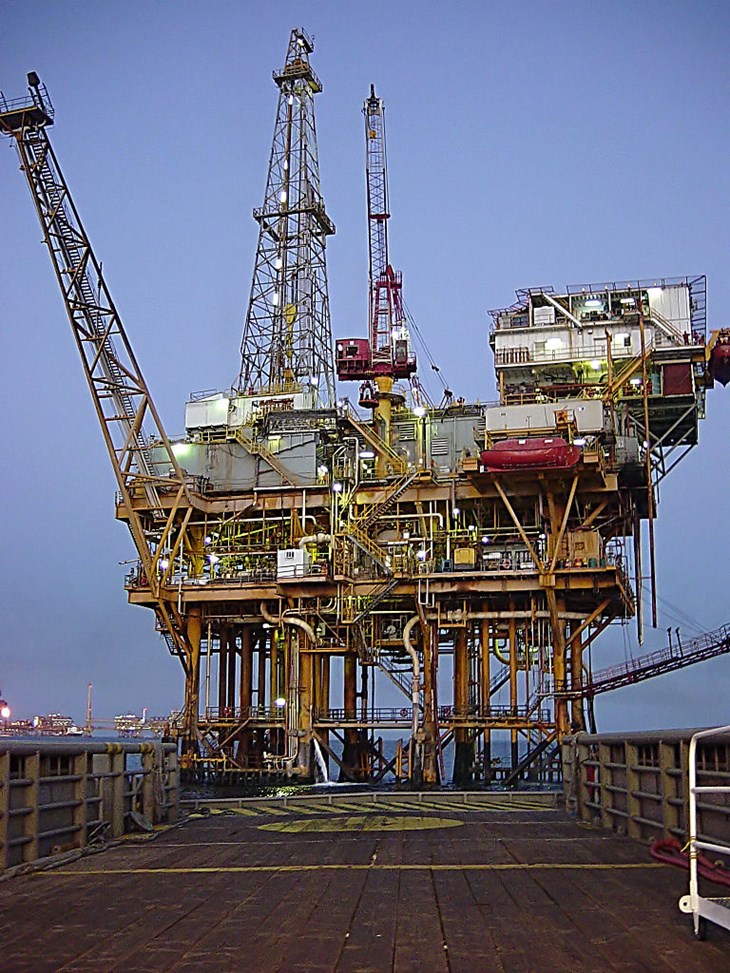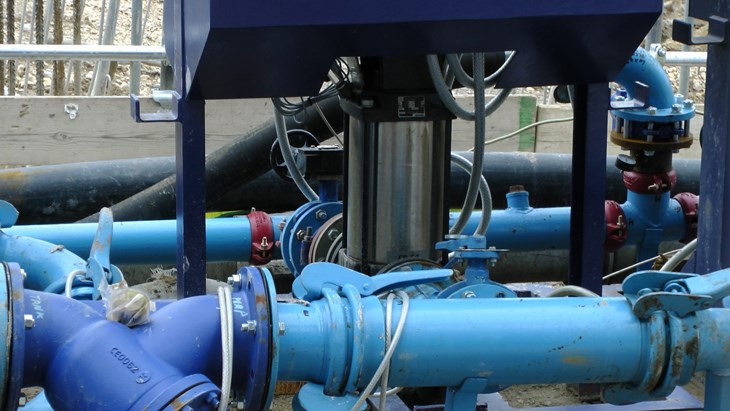A graduate of the University of Houston-Downtown with a B.B.A. in Marketing, Gafford began his career in procurement, working for oilfield services companies Baker Hughes and Saipem, a subsidiary of Eni. In search of a new challenge and the opportunity to be more hands-on, he decided to move in a new direction, providing strategic contracting services at various levels of pipeline and facility off-and-onshore development.
The experience Gafford gained in this capacity, working for such companies as Shell, Hess, Marathon and Statoil, eventually led to a unique opportunity as an independent consultant for Statoil. He elaborates, “The last contract role I had was with Statoil. The company was going through a reorganization but I was asked to stay on. I consented to stay on but only if I could work under my own company. So that’s what I have been doing for the last couple of years.”
Gafford understands the ever-changing needs of the industry and has built his career on resilience. He says, “When oil was bad in ’98 I ended up going into electricity and power generation for a couple of years. I have dealt with every part of construction, including feasibility, pre-construction, commissioning…everything. That was me saying I needed to be as well-rounded as possible so that the next time the oil goes bad, I will have options.”

Building the plant
Gafford appreciates the challenges that come with managing large construction projects. He says, “I have executed brownfield and greenfield projects; so going from nothing to revamping an old plant. That means we’re changing out everything or we’re buying completely new equipment—instrumentation, pipes, valves, fittings, flanges and the crews to install.”
Understanding that people are prone to adopting their own way of doing things, Gafford emphasizes the importance of reinforcing the common best interests of the company by ensuring that project engineers are always on the same page. Thinking in terms of the company’s best interests also means providing a mix of skilled workers, according to Gafford, and providing service options, based on availability, time, and preference.
“I have always been in the advisory position– these are the guys we should be doing business with because they have the top notch products, awesome delivery, and they can service their own equipment,” he explains.
Choosing AMLs backed by reputation
When choosing the right stainless steel manufacturer/fabricator, Gafford stresses the importance of opting for a supplier with deep-rooted industry presence. “I create AMLs (Approved Manufacturers’ Lists) and I usually look for size. I usually deal with very large companies, like Statoil or Marathon. The name carries its own weight; so I want someone that has been around and also has their name on the line,” he says. “You have to have a name that resonates. Big companies are slow movers in times where oil is unstable. You have thin margins on the gas–they are slow on new projects and some are even slower on using new technologies,” he adds.
Referencing the O&G industry and the low cost of oil in recent history, Gafford points to the increased importance of competitive pricing. He explains, “Price is more important now than it was two to three years ago. Back then price would have been third or fourth on my list. Now the order is quality, pricing, and efficiency.”
Listed below are the key factors to consider when choosing a preferred vendor, according to Gafford:
• Quality (incident ratings, failure rates, accidents)
• Pricing
• Efficiency (technological advancement)
• Availability
• Production numbers

A message to manufacturers
In Gafford’s experience, stainless piping system manufacturers and distributors are usually willing to work with clients, like himself, to improve their products and services. He says, “Everyone has always been really good with reaching out to me and selling me their products. I’ve done surveys on what corrosion-resistant alloy suppliers want to know and my findings show they want to know: who are we using, what are we using, and what is driving those decisions.”
What can manufacturers do to best support customer needs? In response to that question, Gafford suggests a straightforward approach to sales that promotes service options. He says, “It’s important for suppliers to provide more description of their products and a better array of all their packages. Also, let potential customers know up-front if they have the ability to service their products. It happens a lot that you might have to get someone in to service something; that service needs to be a part of the warranty. That’s something I need to know. Because when it’s not, those turn into hidden costs.” Hidden costs impact the true costs of an item and service.
Knowledge transfer—what can the industry do?
Acknowledging a definite knowledge gap in the industry today, Gafford says, “You have the older guys who were pushed out when the industry went bad, and then we have guys who are two to three years in the business. One obvious solution is that more mentoring needs to take place. It’s a concept that is always talked about but rarely happens.”
Gafford suggests instead, that individuals take-on the responsibility of diversifying their skills to ensure their place within an ever-changing market. He asserts, “It’s up to individuals to say, ‘I don’t want to get pigeonholed’ and to move themselves around. People often crave comfort. Instead, I fight against it. If you’re too comfortable you don’t grow as much. Staying active in different arenas allows me to stay prepared.”

Getting in-tune with the industry cycle
Today, Gafford wears many hats. An independent contractor for Statoil and Senior Partner for DeLeon Consulting Group, Gafford is taking his skills to a new market, devoting a large part of his time to mechanical and construction projects in and around Houston, Texas. Whether he’s working on an onshore project for Statoil, or investing time in his company, handling construction, project management, engineering equipment, health care and wellness matters, Andre Gafford is always on the go. If all of that wasn’t enough, he also has his own insurance company.
When asked his advice on surviving the ups and downs of the oil and gas industry, he responds, “We are coming out of a slow time right now. It happens about every eight years. If you start doing your research, you will see that you can predict the trends and begin reaping the benefits of it. The key is to anticipate the need, then fill it. Be efficient, while at the same time being a low-cost provider with a ‘Get’er Done’ attitude. We as customers will ask for the impossible, so be prepared to make it possible.”

